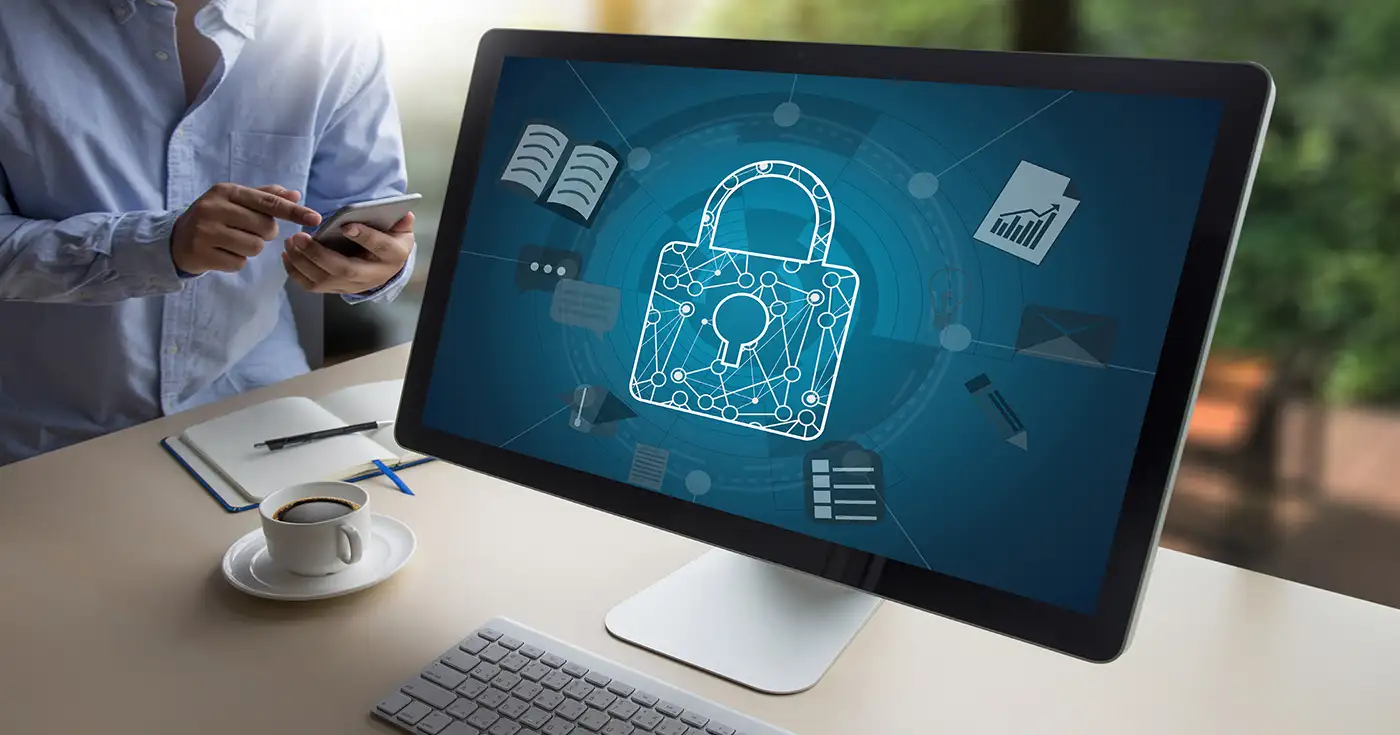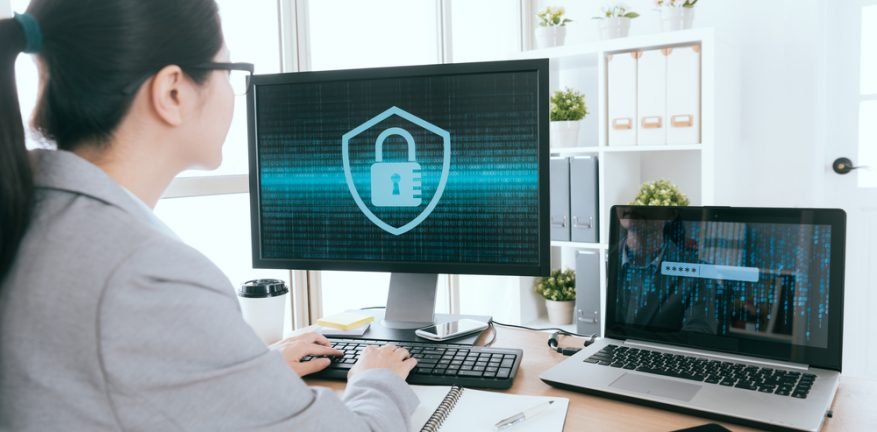In today’s digital age, safeguarding your desktop PC from cyber threats is crucial for protecting your personal information and maintaining the integrity of your system. Cyber threats like malware, phishing, and hacking attempts are increasingly sophisticated, making it essential to adopt robust security measures. Here’s a comprehensive guide on how to secure your desktop PC from various cyber threats.
1. Keep Your System and Software Up-to-Date
1.1. Operating System Updates
- Regular Updates: Ensure that your operating system is up-to-date with the latest security patches and updates. These updates often include critical security fixes that protect against new vulnerabilities.
- Automatic Updates: Enable automatic updates if available, to ensure you receive the latest security patches as soon as they are released.
1.2. Software and Application Updates
- Update Applications: Keep all installed software and applications updated. Many updates include security enhancements that address known vulnerabilities.
- Uninstall Unused Software: Remove any software you no longer use to reduce potential entry points for attackers.
2. Use Robust Security Software
2.1. Antivirus and Anti-Malware Programs

- Install Security Software: Use reputable antivirus and anti-malware programs to protect against viruses, ransomware, and other malicious threats.
- Regular Scans: Schedule regular scans to detect and remove any potential threats that might have evaded real-time protection.
2.2. Firewall Protection
- Enable Firewall: Ensure that your PC’s built-in firewall is enabled. A firewall helps block unauthorized access to your system and monitors incoming and outgoing traffic.
- Consider a Third-Party Firewall: For added protection, consider using a third-party firewall that offers advanced features and customization.
3. Practice Safe Browsing and Email Habits
3.1. Avoid Suspicious Links and Attachments
- Email Caution: Be wary of email attachments or links from unknown or unexpected sources. These could be phishing attempts or malware.
- Verify Sources: Before clicking on links or downloading files, verify the source and ensure it is legitimate.
3.2. Use Secure Websites
- Look for HTTPS: Ensure that the websites you visit use HTTPS, which encrypts data between your browser and the website, making it harder for attackers to intercept.
- Avoid Public Wi-Fi: Avoid accessing sensitive information or conducting financial transactions over public Wi-Fi networks, as they may be less secure.
4. Implement Strong Password Practices
4.1. Create Complex Passwords
- Use Strong Passwords: Create passwords that are long, complex, and include a mix of letters, numbers, and special characters. Avoid using easily guessable information.
- Password Manager: Use a password manager to securely store and manage your passwords, making it easier to use unique passwords for different accounts.
4.2. Enable Multi-Factor Authentication
- Additional Layer: Enable multi-factor authentication (MFA) wherever possible. MFA adds an extra layer of security by requiring a second form of verification in addition to your password.
5. Secure Your Network
5.1. Use a Secure Wi-Fi Network
- Change Default Settings: Change the default username and password for your router to prevent unauthorized access.
- Enable WPA3: Use WPA3 encryption for your Wi-Fi network if available. This is the latest and most secure Wi-Fi encryption standard.
5.2. Network Monitoring
- Monitor Network Activity: Use network monitoring tools to keep an eye on unusual activity or unauthorized devices connected to your network.
- Limit Access: Restrict network access to trusted devices and users.
6. Backup Your Data Regularly
6.1. Backup Solutions
- Regular Backups: Regularly back up important data to an external drive or cloud storage. This ensures you can recover your files in case of a cyber attack or system failure.
- Automated Backups: Set up automated backups to ensure your data is consistently backed up without manual intervention.
7. Educate Yourself and Others
7.1. Stay Informed
- Cybersecurity Awareness: Stay informed about the latest cyber threats and best practices for protecting your desktop PC. Follow reputable cybersecurity sources and forums.
- Training: Educate family members or employees about safe computing practices and how to recognize potential threats.
8. Conclusion
Securing your desktop PC from cyber threats requires a combination of up-to-date software, robust security measures, safe browsing habits, and regular data backups. By implementing these best practices, you can protect your system and personal information from the ever-evolving landscape of cyber threats. Stay vigilant and proactive to ensure your desktop PC remains secure in an increasingly connected world.











